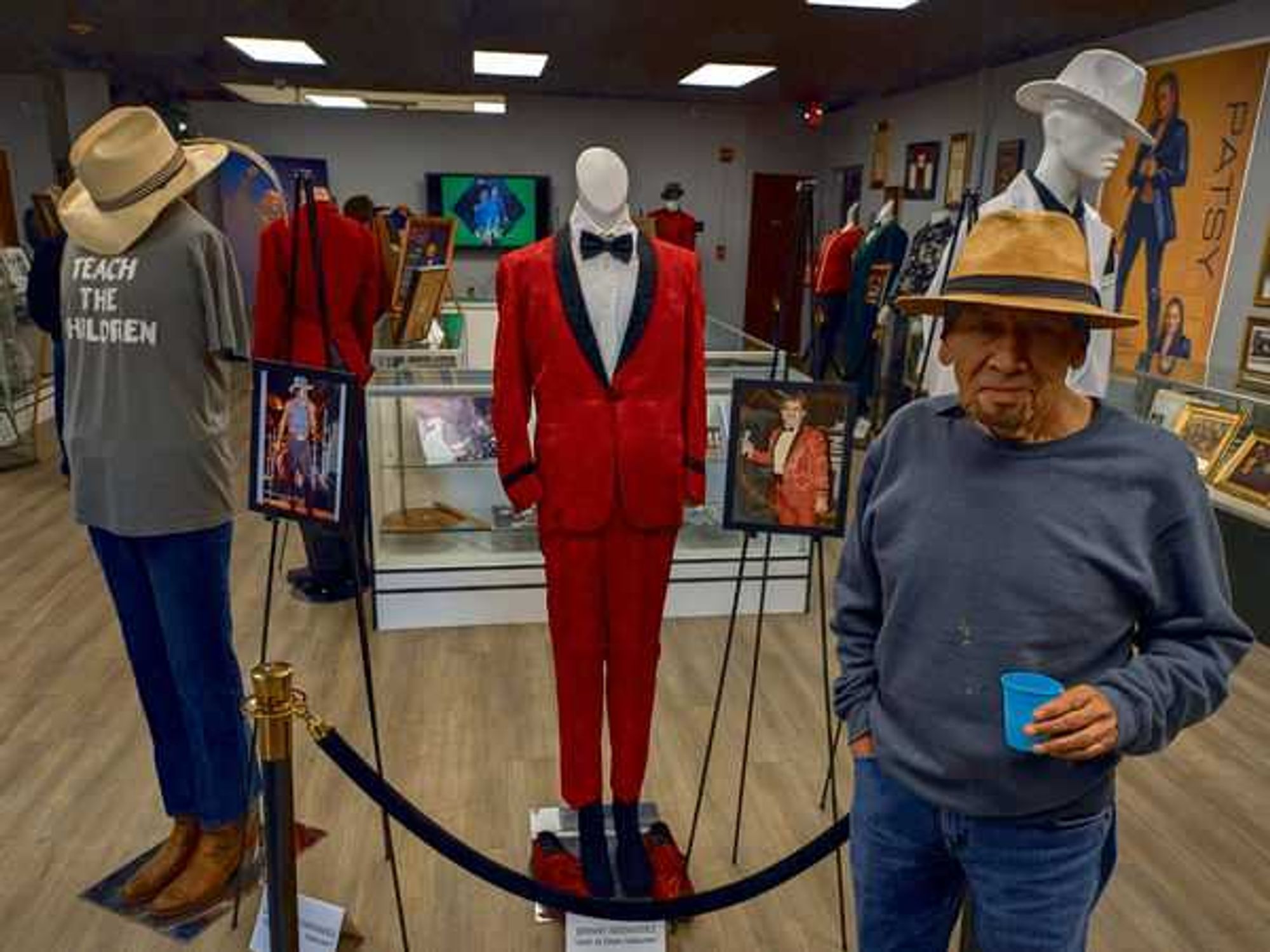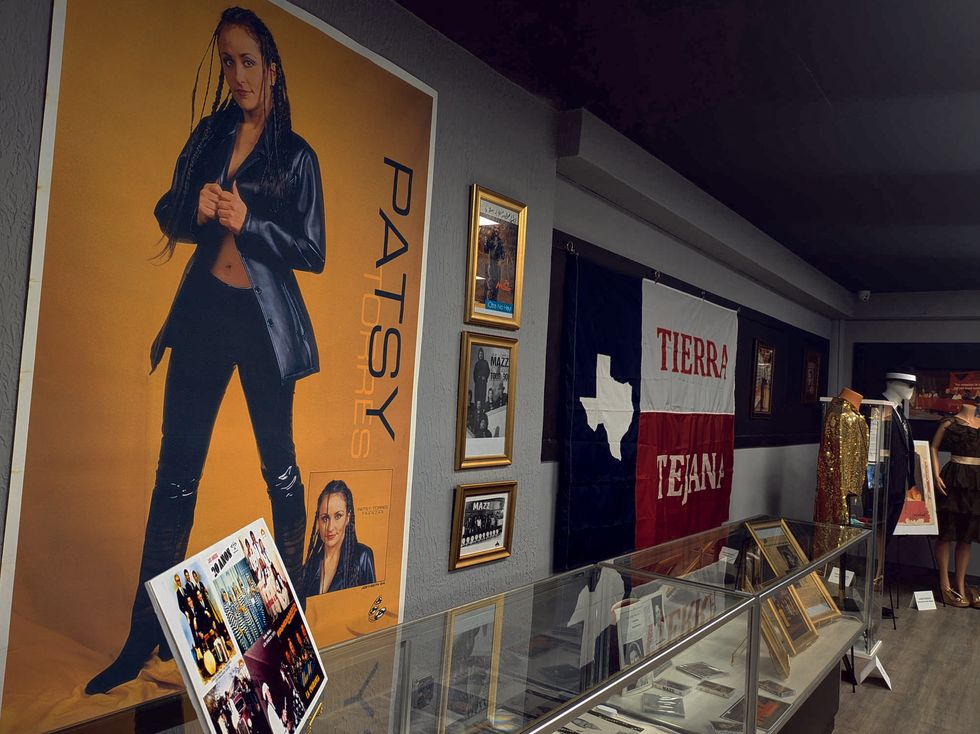Phuket Adventure
Phuket adventure: Scary boat rides, Thai hospitality and bucket list lessons
Editor's Note: CultureMap contributor Jane Howze is traveling around the world in 17 days. Her third stop: Phuket, Thailand.
Travel — business or vacation — is usually, if not always, a learning experience. Besides discovering countries, cities, cultures, people, the usual stuff, you learn how to travel. We have done all of the what-to-see, but what could someone who has more miles on her than a United Airbus learn about how to travel?
Don't backtrack
On Christmas Day we left the Maldives on the third leg of our trip around the world for our next stop, Phuket, in southern Thailand. It’s about 1,700 hundred miles as the crow flies — same distance as Houston to San Francisco — so, why did it take us over 24 hours to get from the Maldives to Phuket?
Rule No. 1: Time trumps money, and Rule No. 2: Time trumps frequent flier miles.
Rule No. 1: Time trumps money, and Rule No. 2: Time trumps frequent flier miles. To save a few dollars while padding our frequent flier accounts, we chose flights that would take us on either United or one of its partners to save a few dollars and earn a few more miles. To do so, we backtracked to Dubai to fly to Phuket.
Bucket list Rule 1: If for years you plan and save for a vacation, be careful where you economize; Backtracking is one place not to do it. And, we didn’t save that much money. Time was our most scarce resource, yet we ended up with an eight-hour layover in Dubai, which was the opposite direction from Phuket.
Did we regret the backtrack? Of course. Was it worth the hassle? No. Airports and airplanes are not the most pleasurable places to spend vacation time, and security checks are the necessary evil of air travel. The third bucket list rule learned? Read on.
Phuket Zen
Phuket, an island 30 miles long and 13 miles wide, lies 536 miles south of Bangkok and includes 39 other smaller islands. Rubber and tin mining were the main sources of island’s revenue, but they have been overtaken by tourism. Low prices, diving and snorkeling, beautiful beaches, culture and unfailingly polite residents attract more than five million visitors a year. Tourists can choose from more than 1,000 hotels beginning under $100 a night and topping out at the 65 five-star deluxe enclaves, some edging towards $5,000+ a night.
Unlike our prior destinations of Dubai and Maldives, most of the people we met in Phuket who were not tourists but are Thai natives, not imports from Pakistan and Eastern Europe. While Phuket is now the wealthiest province in Thailand, labor is relatively inexpensive, so hotels can afford to hire locals. Perhaps because most of the population is Buddhist, the people are unfailingly gentle, kind and eager to please. Driving in Phuket is on the left hand side of the road, with more motor scooters than cars, and is wildly chaotic and a little scary. But the drivers seem Zen-like, never use their horns, and the seemingly impossible traffic snarls somehow easily clear out.
A special hotel
In Phuket we wanted a hotel that was low-key and local. A good thing, because the time between Christmas and New Year’s is peak season with many hotels requiring a 10-day stay. We settled on the Shore at Katathani, part of a small Thai chain with three properties along the popular Kata beach: a budget hotel, a mega hotel and our choice, a small three-year-old boutique. The Shore at Katathani has 48 villas, all of which are cantilevered on a hill overlooking the spectacular white sand beach of Kata Noi. Rooms are reached by electric buggy or a winding labyrinth of steep stairs, with soft New Age music softly playing from the trees.
The staff delighted in creating towel sculptures in our room at at turn-down each evening — swans, elephants, fish, turtles and monkeys.
Our room has an infinity edge pool, a large patio and a bathroom with sliding doors opening to the patio. The hotel has a spa that is simple but Zen-like in design and attention to detail. The staff is warm, nurturing, gracious and unfailingly polite, and frequently asked “How do you like our hotel?” with genuine interest. Our hotel is remote and not crowded—very different from the main trafficked areas of Phuket. Even better, the staff delighted in creating towel sculptures in our room at at turn-down each evening—swans, elephants, fish, turtles and monkeys.
Teeing it up with the Thais
As die-hard golfers, we could not resist the opportunity to tee it up. Phuket has six golf courses, a 40-minute to two-hour cab ride away from our hotel. We played Loch Palms, the closest and third-ranked. It was a pleasure. We were totally charmed by the group of caddies waiting outside the clubhouse — all women dressed in matching lime green outfits. Each player was required to take a caddy and a cart, which the caddie drove. Some golfers took two caddies, one to hold an umbrella to shield the golfer from the unrelenting sun and one to caddy. With up to five players in a group, it looked like a small army advancing toward the green.
None of the caddies play golf, but they can read putts, give you exact distances, find lost golf balls and keep scores with unerring accuracy. The course was not particularly memorable, but spending time with these amazing women, all of whom are raising families and delight in this highly coveted position, was a high spot.
Rule three of bucket (or any other) travel list
Many of our friends suggested we visit some of the outlying islands for snorkeling and beautiful beaches. One friend recommended Ko Phi Phi but cautioned, “The trick is finding places that aren’t overrun with tourists.” I should have wondered, “What does that mean?” But running with the idea, we quickly booked a tour, expecting a deserted island with beautiful beaches.
Our first clue that we had misjudged the situation came when we were picked up by a van that made four hotel stops, eventually loading 20 people in a carrier for 15, and drove us at break-neck speed and suicidal passing to a pier so crowded it made Grand Central Station look like a museum. There were hundreds of people signed up for the same itinerary awaiting to be packed into a convoy of 20-passenger speedboats.
After 20 minutes of milling with the hundreds of tourists, I had a moment of sheer panic where I could not find our boat nor any of our fellow passengers. I was sure the boat had left without us.
Within 30 seconds after leaving the dock for the 45-minute ride in a high-powered speedboat, we were cautioned, “Don’t sit on the bow of the boat, it will break your back. Rough water today.” What an understatement! It was so rough that our small boat bounced airborne from wave top to wave top, plopping in the troughs with such a hard thud that every bone in my body shook. We were all soaked from the spray, in spite of the boat being covered. After 10 minutes, one person was vomiting uncontrollably, two babies were crying hysterically and one adult (that would be me) was having a panic attack.
(To support my lack of exaggeration, all boat trips were canceled for the following day because of high seas and safety issues which were about the same as what we experienced).
When we finally reached our first island, Hat Nopharat Thara-Mu Ko Phi Phi National Park, we saw what I can best describe as a speed boat jam — 50 boats double parked near the beach, with passengers disembarking in waist-deep water for a 30-minute stay to visit a restroom, enjoy the beach and get back on the boat before the tide went out. We were instructed to keep our shoes on to avoid cuts from the small but sharp rocks on the bottom (there went my sandals), with waves crashing on us (there went my Blackberry with camera), only to arrive at a small beach with hundreds of people, no functioning restrooms—in short, a nightmare.
Our fearless guide said to be back on our boat in 30 minutes. After 20 minutes of milling with the hundreds of tourists, I had a moment of sheer panic where I could not find our boat nor any of our fellow passengers. I was sure the boat had left without us. After five minutes of frantically searching, I found our boat moved 100 yards away from the beach because the tide was receding faster than normal. We now had to wade out further (chest deep) to get back to the boat.
I don’t know if finding the boat was a blessing or curse. We had four more stops and islands to “experience” before we were done. Don’t get me wrong. The beaches are beautiful, the water spectacular, and we made new friends with the other similarly miserable American couple on the boat, who, as it turns out, knew friends of ours in Los Angeles. It gave new meaning to the phase — “we are both in the same boat.”
Which leads me to Rule No. 3 for bucket list trips. Ask friends for recommendations and then do your own due diligence.
Most “tourist” spots have something to offer or they wouldn’t be tourist spots, but not every tourist spot suits every tourist. When you have limited time, know what works for you and ask questions. Do not count on the tourist brochures to sell you on an excursion. Phuket deserves all the accolades it receives— spectacular people, scenery, food and beaches. But as my friend says “the trick is finding places not overrun with tourists.” Amen.
Next stop: Sydney.











 The newly opened Totally Tejano Hall of Fame and Museum includes a growing collection of memorabilia. Photo by Edmond Ortiz
The newly opened Totally Tejano Hall of Fame and Museum includes a growing collection of memorabilia. Photo by Edmond Ortiz